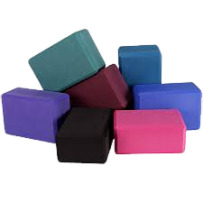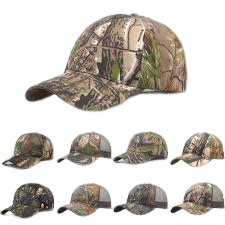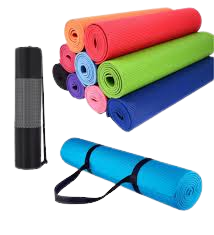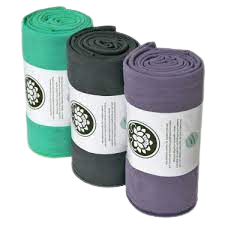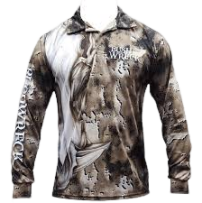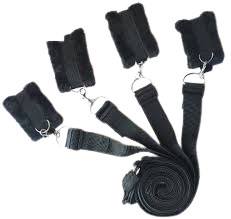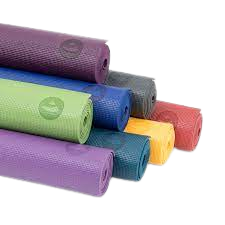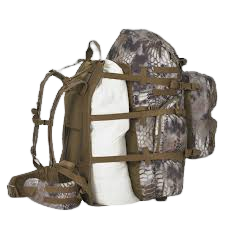Golf Stick Components and Varieties
The golf club, often called a “golf stick,” is a fundamental tool in golf. It serves as the player’s connection to the ball and plays a crucial role in determining the outcome of each shot. With its various designs, materials, and technologies, the golf stick embodies a perfect blend of tradition and innovation, symbolizing precision, skill, and the game’s rich history.
Historical Evolution: From Humble Beginnings to Modern Marvels
The origins of the golf club can be traced back several centuries, with roots in games played in medieval Europe. Early golfers used rudimentary wooden clubs, often resembling shepherd’s staff or simple implements. Over time, as the game evolved and gained popularity, so did the design and craftsmanship of golf clubs.
The transition from wooden clubs to modern metal ones began in the 19th century. stick were crafted from hickory, a robust, flexible wood that allowed greater control and distance. Innovations in club design, such as iron-faced clubs for better accuracy, emerged during this era. The introduction of the “gutty ball,” a ball made from gutta-percha, a rubber-like substance, in the mid-1800s, also influenced club design, leading to the creation of clubs with a lofted face to achieve the ideal trajectory.
The late 19th and early 20th centuries marked a period of significant advancements in golf stick technology. The shift from hickory to steel shafts allowed for more consistency and power in shots. With its bulging clubface, the iconic “bugler” driver was a groundbreaking innovation that increased the sweet spot and helped players hit more consistent drives. As golf gained worldwide recognition, innovations continued to shape the design and functionality of golf stick.
Anatomy of a Golf stick: Components and Varieties. if you want more Varieties
A golf stick has several components, each contributing to its overall performance. These components include the grip, shaft, and club head, and their various combinations give rise to the diverse types of golf stick used for different shots.
- Grip: The grip is the part of the club that the player holds. It’s typically made of rubber or synthetic materials to provide a secure and comfortable grasp. Golfers can choose from various grip styles and sizes to suit their preferences and playing style. A proper grip is essential for maintaining control and generating power in the swing.
- Shaft: The shaft is the extended, tapered portion of the stick that connects the grip to the club head. It’s usually made from steel, graphite, or both. The flexibility and torque of the shaft play a crucial role in the club’s performance. Stiffer shafts are suited for players with higher swing speeds, while more flexible shafts can help players with slower swings generate more power.
- Club head: The club head is the business end of the golf stick, impacting the ball and determining its trajectory and spin. There are various types of club heads, each designed for specific shots:

- Woods: Woods are designed for long-distance shots from the tee or fairway. They typically have larger heads and lower lofts, allowing players to hit the ball farther. Modern wood club heads are often made from materials like titanium, which combines strength and lightness.
- Irons: Irons are versatile clubs for various distances and shot types. They have smaller club heads with varying degrees of loft, allowing for precision and control. Irons are numbered, with lower numbers having fewer lofts and being suited for longer shots, while higher numbers have more lofts for shorter shots.
- Wedges: Wedges are specialized irons with high lofts, designed for shots requiring a high trajectory and a lot of backspin. They are essential for shots around the green, such as chips, pitches, and bunker shots.
- Putters: Putters are designed for short, controlled strokes on the putting green. They have flat club heads and are used to roll the ball into the hole accurately. Putters come in various shapes and designs to accommodate different cutting techniques.

Technological Advancements of
Golf stick:Merging Tradition and Innovation
While the golf stick core components remain relatively consistent, technological advancements have significantly impacted their design, materials, and performance. These innovations aim to enhance players’ abilities and deliver better results on the course. Some noteworthy technological advancement include.
- Club head Design: The shape and design of club heads have evolved to optimize aerodynamics and improve forgiveness. Modern drivers, for instance, feature adjustable weights and innovative aerodynamic features that reduce drag and enhance club head speed.
- Materials: The materials used in club construction have progressed from traditional hickory and persimmon to advanced materials like titanium, carbon fiber, and various alloys. These materials offer increased strength, durability, and flexibility, improving performance and consistency.
- Customization: Today, golfers can access club-fitting technologies that analyze their swing characteristics and recommend the most suitable clubs. Customized club fitting ensures players use clubs with the correct shaft length, flex, and lie angle for their unique swing.
- Face Technology: The face of a golf club, especially drivers and irons, now incorporates sophisticated technologies that optimize ball speed, launch angle, and spin rates. These technologies include variable face thickness, specialized grooves, and materials engineered for maximum energy transfer.
- Data and Analytics: Advanced sensors and tracking technologies provide golfers with data-driven insights into their performance. Launch monitors, for example, offer real-time feedback on metrics like club head speed, ball speed, launch angle, and spin rate, helping players refine their technique.
- Adjustability: Many modern golf clubs, particularly drivers and fairway woods, come with adjustable features that allow golfers to tweak loft, lie angle, and weight distribution to fine-tune their shots for different course conditions and playing preferences.

Conclusion: The Soul of the Game
The golf club is not merely a tool; it’s the conduit through which a golfer’s skill, technique, and dedication manifest on the course. With its rich history, evolving design, and innovative technologies, the golf club encapsulates the essence of the sport. It represents the balance between tradition and progress, the pursuit of excellence, and the thrill of the game. As golfers continue to push the boundaries of performance, the golf club remains an enduring symbol of precision and skill in the ever-evolving world of sports.

